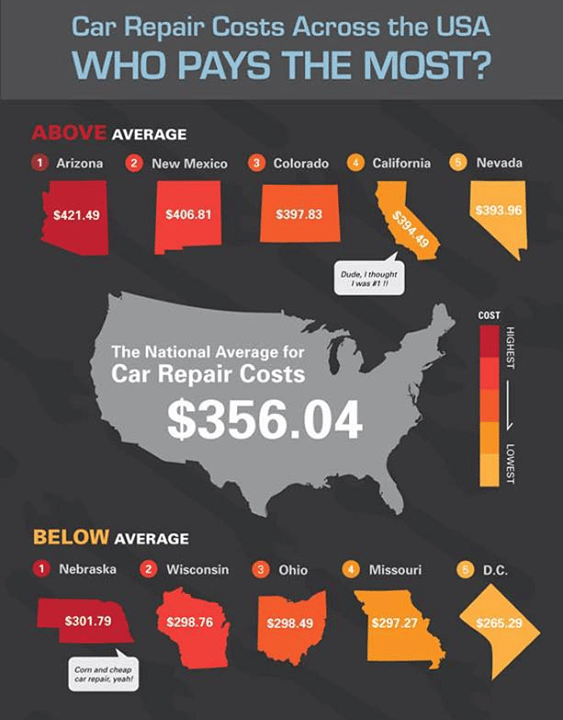Understanding Your Vehicle'S Caution Lighting: What Do They Truly Mean?
Understanding Your Vehicle'S Caution Lighting: What Do They Truly Mean?
Blog Article
Composed By-Samuelsen Gilbert
When you lag the wheel, those glowing warning lights on your control panel can be a little bit bewildering. Do you understand what they're attempting to tell you concerning your vehicle's health? Recognizing the importance of these lights is crucial for your security and the durability of your vehicle. So, the next time one of those lights turns up, would not you wish to analyze its message properly and take the essential steps to address it?
Common Caution Lighting and Interpretations
Identify usual warning lights in your car and recognize their definitions to guarantee secure driving.
https://www.moneytalksnews.com/slideshows/9-investing-tips-for-2022-that-rich-people-know-by-heart/ of the most typical caution lights consist of the check engine light, which indicates problems with the engine or emissions system. If this light comes on, it's vital to have your vehicle examined promptly.
The oil pressure alerting light shows low oil pressure, needing prompt focus to stop engine damage.
A blinking battery light may recommend a faulty charging system, possibly leaving you stranded otherwise dealt with.
view site… monitoring system (TPMS) light signals you to low tire stress, affecting car stability and fuel performance. Overlooking this could lead to harmful driving conditions.
The abdominal muscle light suggests an issue with the anti-lock braking system, jeopardizing your ability to quit swiftly in emergency situations.
Lastly, the coolant temperature cautioning light warns of engine overheating, which can result in severe damages if not resolved quickly.
Understanding these typical warning lights will aid you resolve problems quickly and preserve safe driving conditions.
Significance of Prompt Attention
Recognizing the usual warning lights in your car is just the first step; the relevance of quickly attending to these cautions can not be emphasized enough to ensure your safety and security on the road.
When a caution light brightens on your control panel, it's your cars and truck's method of connecting a prospective issue that needs attention. Overlooking these warnings can result in a lot more severe issues in the future, endangering your security and possibly costing you much more out of commission.
Motivate interest to warning lights can protect against failures and mishaps. For example, a flashing check engine light can suggest a misfire that, if left ignored, might create damages to the catalytic converter. Resolving this without delay can conserve you from an expensive repair.
In a similar way, a brake system cautioning light might indicate low brake liquid or used brake pads, vital components for your safety when driving.
DIY Troubleshooting Tips
If you notice a caution light on your control panel, there are a few DIY repairing tips you can try prior to looking for expert assistance.
The first step is to consult your car's manual to comprehend what the certain warning light indicates. Often the issue can be as simple as a loosened gas cap causing the check engine light. Tightening up the gas cap may resolve the trouble.
An additional usual issue is a reduced battery, which can cause various alerting lights. Checking the battery connections for corrosion and ensuring they're protected could repair the trouble.
If a warning light continues, you can try resetting it by separating the car's battery for a couple of minutes and after that reconnecting it. Additionally, checking your automobile's liquid levels, such as oil, coolant, and brake liquid, can assist fix advising lights connected to these systems.
Final thought
Finally, recognizing your automobile's caution lights is vital for keeping your car running efficiently and safely. By quickly dealing with these alerts and knowing what they indicate, you can stay clear of pricey repair services and potential failures.
Keep in mind to consult your auto's guidebook for particular details on each advising light and do something about it as necessary to ensure a hassle-free driving experience.
Keep notified, remain risk-free on the road!
